In the arrangement shown, end A of light intextensible string is pulled with constant velocity v. the velocity of block B is
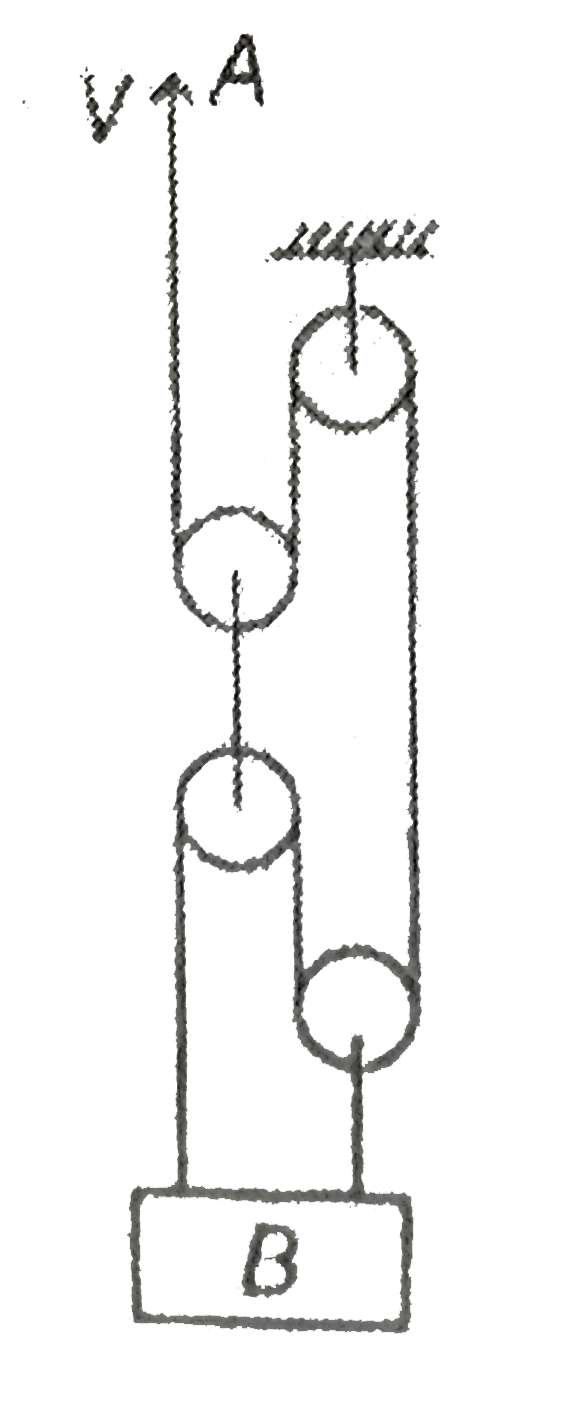
v
3v
The correct Answer is:c
Step by step video, text & image solution for In the arrangement shown, end A of light intextensible string is pulled with constant velocity v. the velocity of block B is by Physics experts to help you in doubts & scoring excellent marks in Class 11 exams.
Updated on:21/07/2023Similar Questions
In the arrangement shown in the fig, end A of the string is being pulled with a constant horizontal velocity of 6m/s. The block is free to slide on the horizontal surface and all string segments are horizontal. Find the velocity of point P on the thread.

View SolutionBlock B moves to the right with a constant velocity v0. The velocity of body A relative to B is :
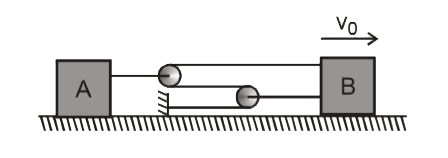
View Solution
Knowledge Check
Block B moves to the right with a constant velocity v0. The velocity of body A relative to B is
 Av02, towards leftBv02, towards rightC3v02, towards leftD3v02, towards right
Av02, towards leftBv02, towards rightC3v02, towards leftD3v02, towards rightIn the arrangement shown, blocks A and B connected with an inextensible string move with velocities v1 and v2 along horizontal direction. The ratio of v2v1 is:
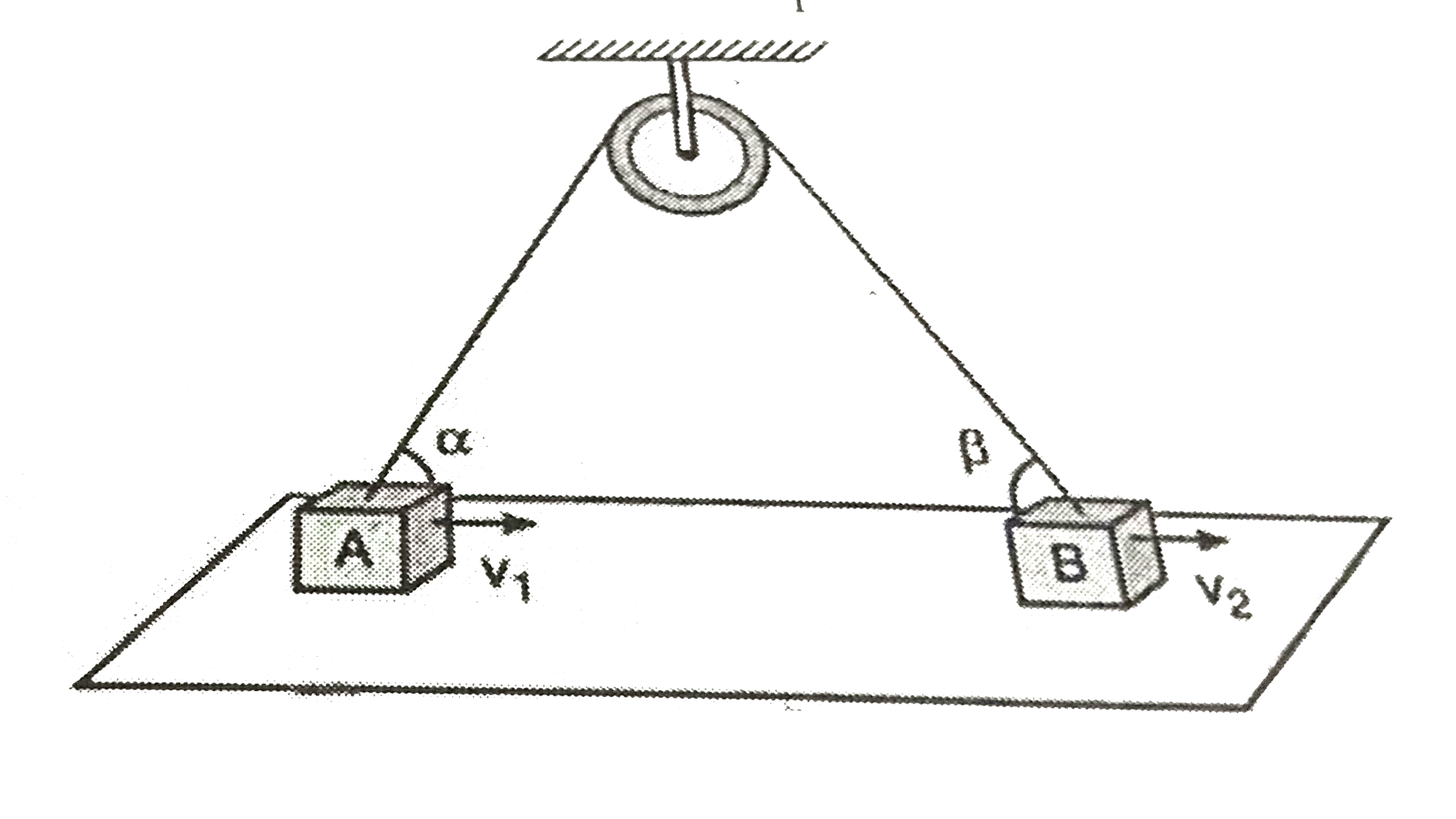 AsinαsinβBsinβsinαCcosβcosαDcosαcosβ
AsinαsinβBsinβsinαCcosβcosαDcosαcosβKnowing that block B starts to move downward with a constant velocity of 18cm/sec, the velocity of block A will be:
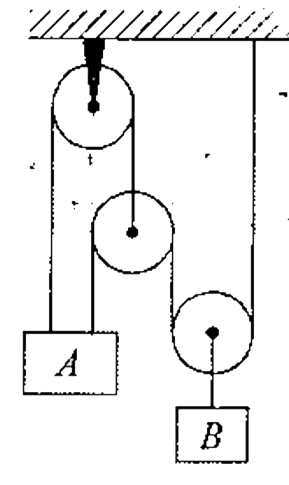 A27 cm/sB12 cm/sC36 cm/sD9 cm/s
A27 cm/sB12 cm/sC36 cm/sD9 cm/s
If the point P on string shown in figure-1.96 is pulled down with a velocity v, find the velocity of the block A connected to another string passing over a step pulley with radii ratio 1:2.
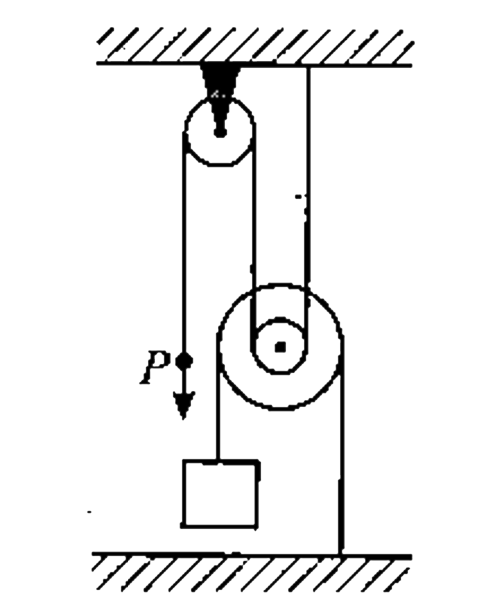
View SolutionIn the figure shown, the blocks A and B are connected with an inextensible string. If the block B is pulled with a velocity of 5 m/s then it is observed that block A moves with 10 m/s. Find the angle theta in (degree) shown in the diagram:
View SolutionIn each of the three arrangements, the block of mass m1 is being pulled left with constant velocity. There is no friction anywhere. The string are light and anextensible and pulleys are massless. The ratio of the speed of the block of mass m2 in the three cases respectively is:
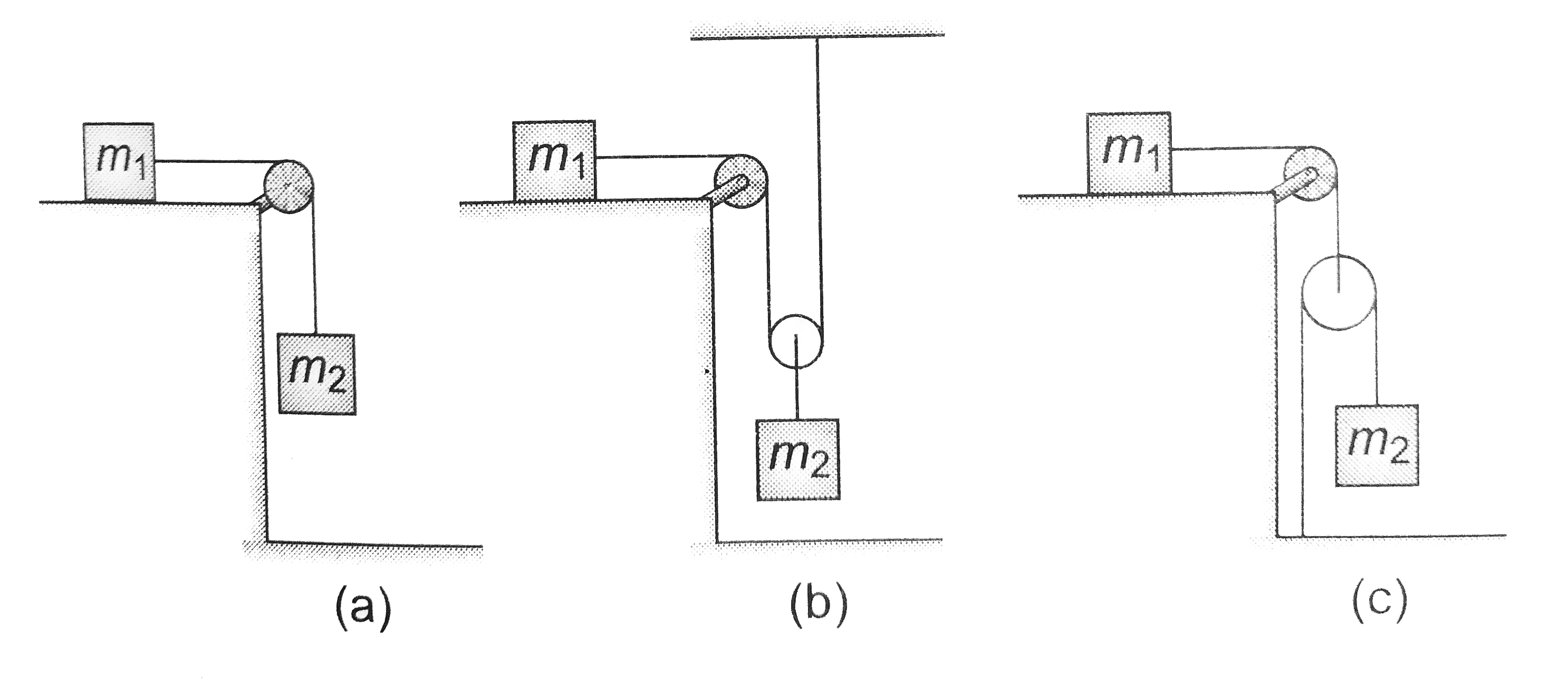
View SolutionIn the block moves up with constant velocity v m//s. Find F
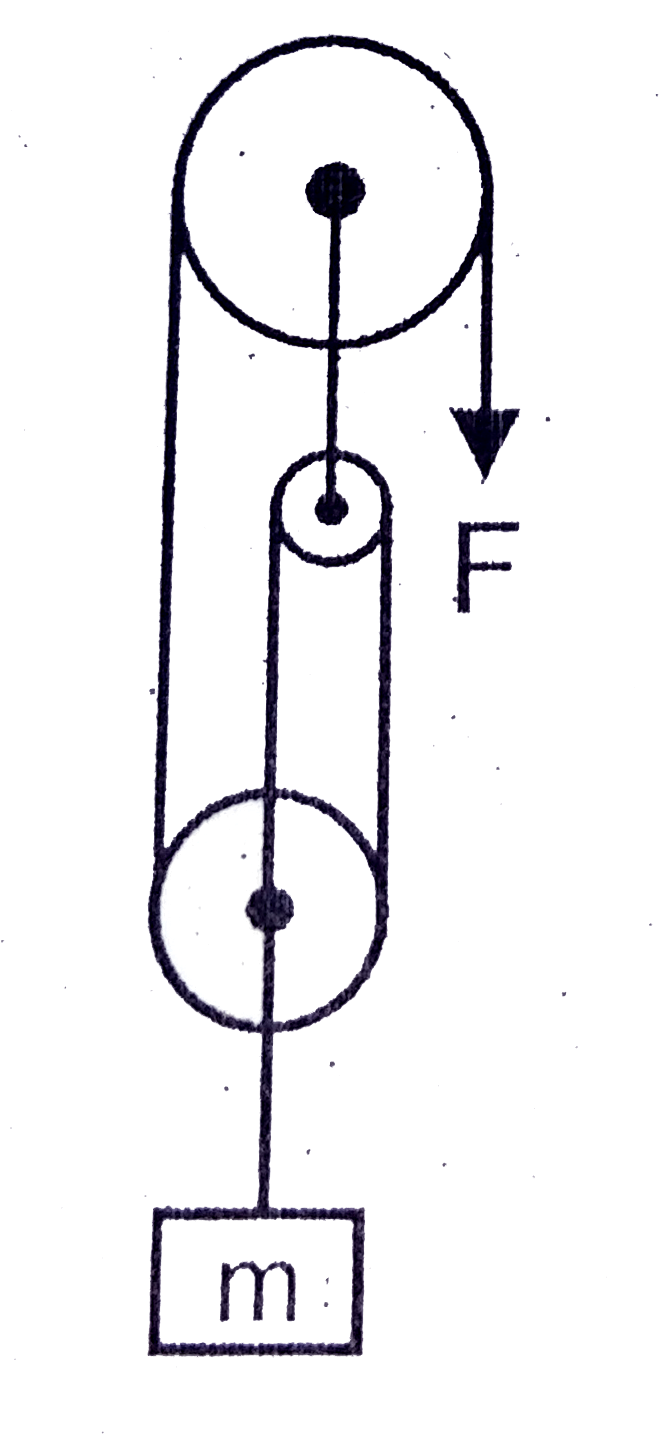
View Solution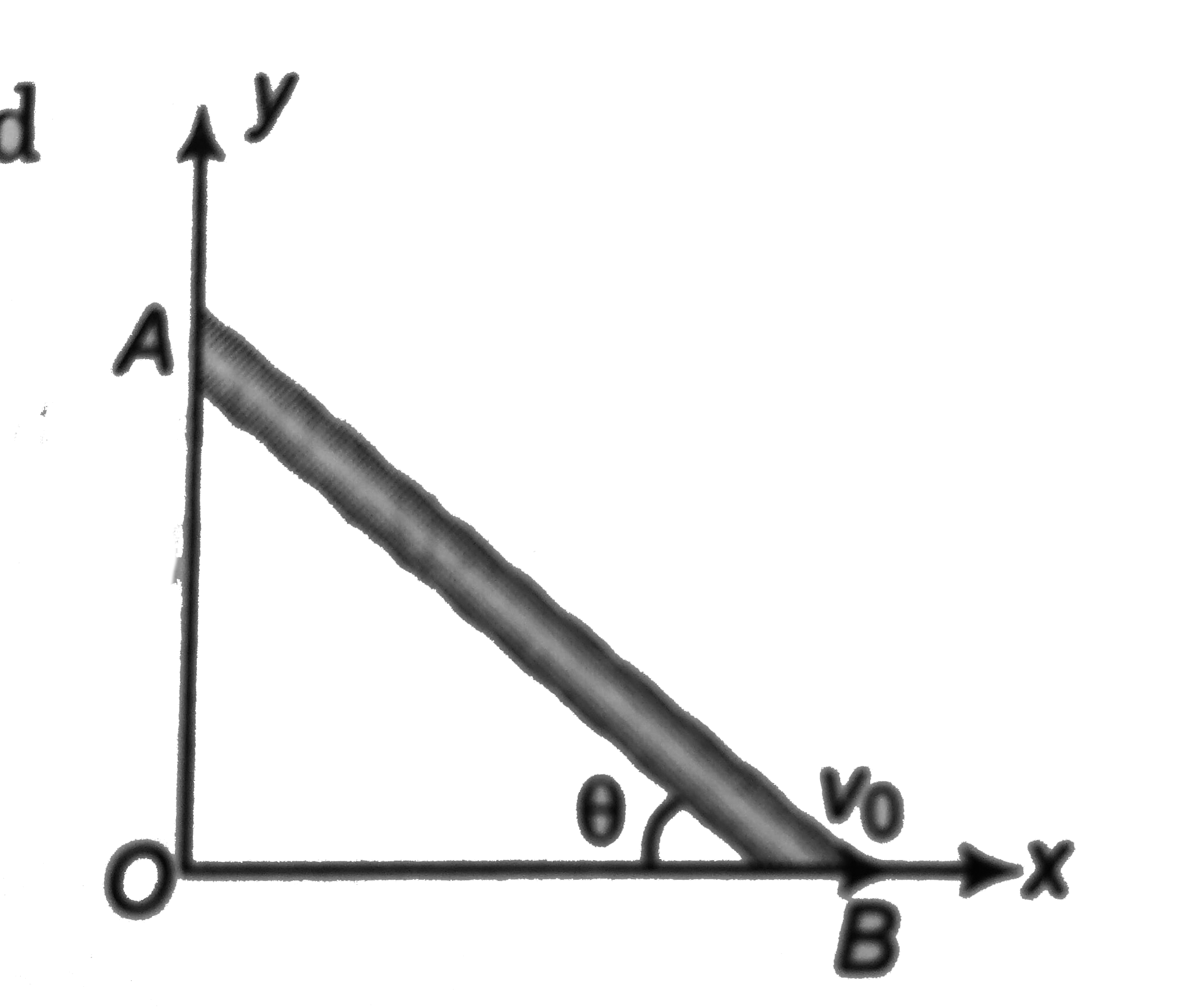
The end B of the rod AB which makes angle θ with the floor is being pulled with a constant velocity vv as shown. The length of the rod is l.
View Solution
